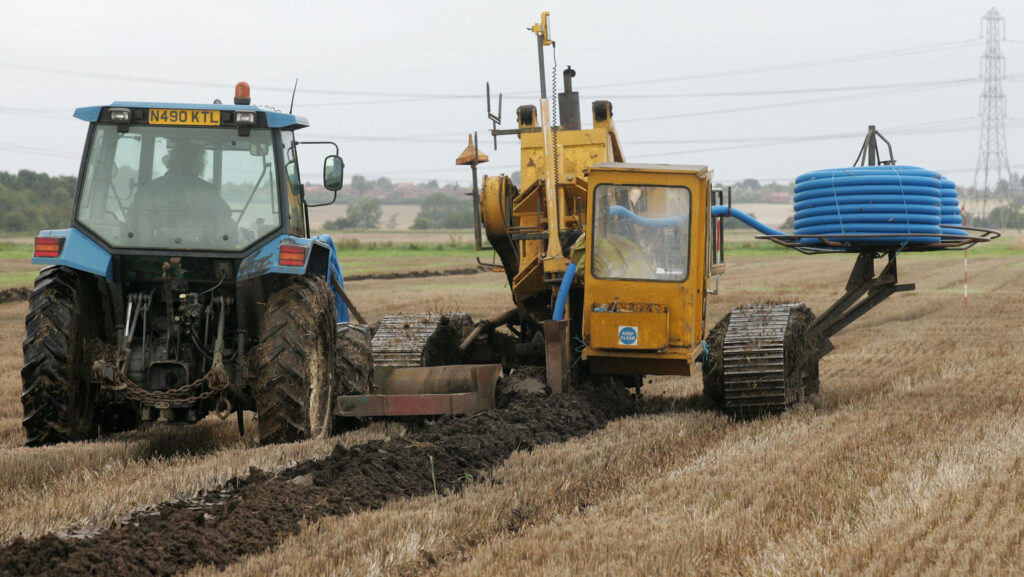Opinion: SFI should support farmers with drainage schemes
 © Tim Scrivener
© Tim Scrivener News from the arid East is that it has been a particularly easy harvest.
The grain dryer has barely been stoked up, our 20-year-old New Holland has performed almost faultlessly, and land work is moving apace in wonderful conditions.
Winter wheat, by far our most important arable crop, has more or less come in at the farm average, which I would have very willingly taken as I donned my waders in mid-February.
See also: Opinion – the top four items in new Defra boss’s in-tray
Spring wheat was as rubbish as ever but, having made a £260/t milling grade, won’t be a disaster by any stretch.
The disappointments came early. Oilseed rape – what was left of it to harvest – and winter barley barely did two-thirds of what I usually budget.
Discussing this with a similarly despondent neighbour the other day, he asked why he thought both of us were in the same lacklustre boat.
“Well, it’s like this,” I said. “We’re stuck in a vicious circle of mediocrity. You and I don’t grow second wheat on these fields because of the blackgrass.
“We have bad blackgrass because of the drainage. And, in a wet winter, barley hates undrained land. It’s a festival of unsustainability.”
Of course, we have known the answer to this problem forever: drainpipes.
Huge swaths of the UK, much of this farm included, were under-drained in the late 1960s and 1970s using Maff grants that covered 50-60% of drainage scheme costs.
Many of these schemes, now 50 years old, are failing beyond the point of economic repair and desperately need replacement.
Good drainage is transformative and most studies agree that draining of mineral soils reduces their greenhouse gas emissions significantly, especially from a reduction in nitrous oxide production.
Once you factor in increased yield (so lowering emissions per tonne) and the fact that many of us have been attempting to compensate for drainage problems by cultivating more than would otherwise be necessary, the environmental benefits are clearly significant.
With proper under-drainage schemes now running at somewhere around £1,000/acre, high interest rates are putting the brakes on farm investment.
You’d need half a tonne an acre extra yield just to pay the interest, before even thinking about chipping away at the capital. While drainage can be tax-deductible, this requires a profit to be made to begin with.
Readers, I’m sorry to inform you that growing two-point-something tonnes an acre of feed barley at £138/t is not going to burden you with a significant HMRC liability.
Couple this with some – not all – landlords who will neither guarantee the cost of drainage as a tenant improvement nor pay for the work themselves (even with an increase in rent to pay for it), and you can see why so much hand-sitting has been occurring.
Policy could change this – improving food security while lowering emissions.
Call me a dinosaur for not sowing the farm with wildflowers if you like, but in my view, potentially productive land ought to be in full production.
We’re another as-yet-unpredicted global crisis away from our government realising that partially contributing to under-drainage using the SFI capital grant scheme would be a much better use of public funds than paying farmers to multiply up their blackgrass and thistles in some legume fallow.
